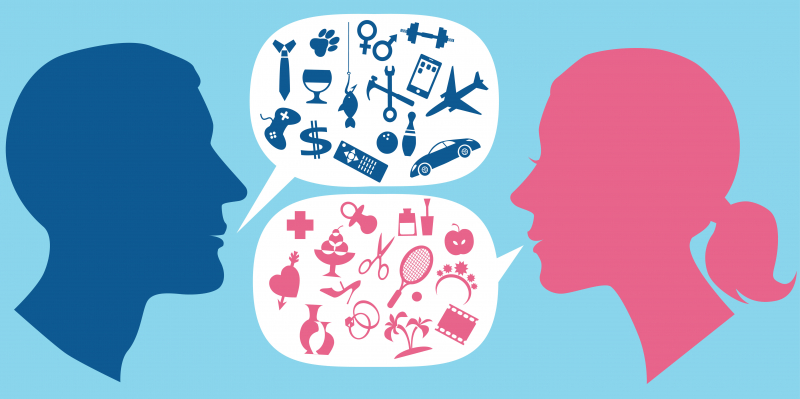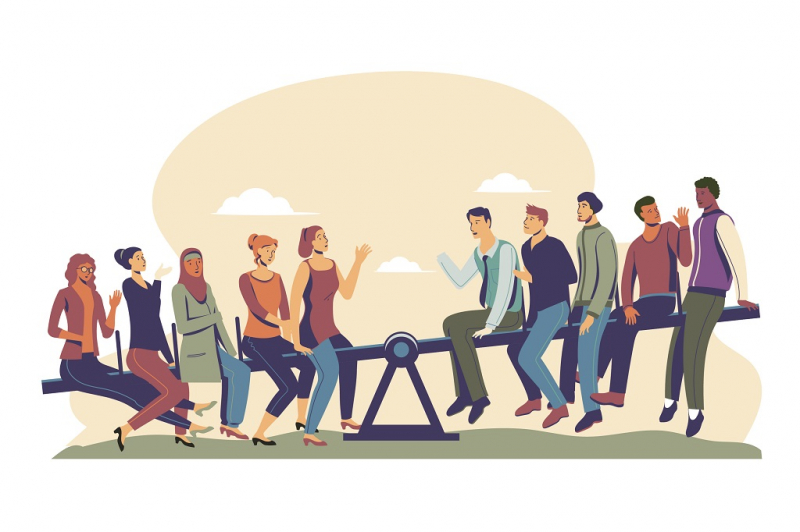Media Portrayal of Gender Roles
The portrayal of gender roles in media is a powerful determinant of societal norms. This essay analyzes how media shapes perceptions of masculinity and femininity, highlighting the implications for individual identity and societal expectations.
The media often perpetuates traditional gender stereotypes through a limited perspective. Men are frequently depicted as dominant, aggressive, and emotionally reserved. While women are typically shown as passive, nurturing, and focused on appearance. These portrayals reinforce the notion that certain behaviors and roles are inherently "male" or "female." Television shows, advertisements, and movies consistently showcase these stereotypes. They can influence audience perceptions from a young age. The repetitive nature of these portrayals ingrains expectations for gender behavior, limits personal expression, and perpetuates a cycle of stereotype reinforcement (Lauzen & Dozier, 2005).
However, the media also has the power to reshape these stereotypes. Recent years have seen a gradual shift towards more diverse portrayals of gender. Some media productions have started to break away from traditional roles, showcasing women in leadership positions and men in nurturing roles. These portrayals can broaden viewers' perspectives and encourage a more flexible understanding of gender. When individuals see a wider range of behaviors and roles being represented, it can reduce the pressure to conform to traditional stereotypes (GLAAD, 2019).
Despite these positive trends, the media's portrayal of gender often still falls into traditional patterns, particularly in certain genres and platforms. The underrepresentation of women in significant roles, the focus on appearance, and the lack of diversity in gender expressions continue to be prevalent issues. The impact of these portrayals is significant. It affects everything from self-esteem and body image to career aspirations and relationship dynamics. The way individuals perceive themselves and others is heavily influenced by the media's messages. That makes it crucial to critically analyze and challenge these representations (Collins, 2011).
In conclusion, the media's portrayal of gender roles significantly influences societal norms and individual identity. While there has been progress toward more diverse and complex representations, traditional stereotypes continue to dominate many media platforms. Media producers must be mindful of the impact of their portrayals and strive for a balanced and realistic representation of gender. Similarly, viewers must critically engage with media content.
References
- Collins, R. L. (2011). Content analysis of gender roles in media: Where are we now and where should we go? Sex Roles, 64(3-4), 290-298.
- GLAAD. (2019). Where We Are on TV Report - 2019. GLAAD.
- Lauzen, M. M., & Dozier, D. M. (2005). Maintaining the double standard: Portrayals of age and gender in popular films. Sex Roles, 52(7-8), 437-446.












